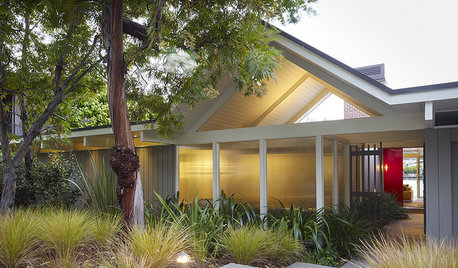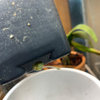Interesting rose rooting video on the industrial scale.
caflowerluver
11 years ago
Related Stories

ARCHITECTURERoots of Style: Prairie Architecture Ushers In Modern Design
Twentieth-century Midwestern architects gave us broad-shouldered homes inspired by the landscape and modern times
Full Story
HOUZZ TOURSMy Houzz: Highlighting Farmhouse Roots in a Seattle Suburb
New and old mix with DIY touches in a remodeled 1928 home for a family of 6
Full Story
ARCHITECTURERoots of Style: Art Deco and Art Moderne
Get to know the similarities and differences between these architectural styles of the 1920s and 1930s
Full Story
ARCHITECTURERoots of Style: Queen Anne Homes Present Regal Details
Complex facades with bay windows, multiple shingle patterns and even towers make these Victorian-era homes a sight to behold
Full Story
ARCHITECTURERoots of Style: Many Cultures Make Their Marks on Mediterranean Design
If you live in California, Florida or certain other parts of the U.S., your architecture may show distinct cultural influences
Full Story
ARCHITECTURERoots of Style: Midcentury Styles Respond to Modern Life
See how postwar lifestyles spawned a range of styles, including minimalist traditional, ranch, split level and modern shed. What's next?
Full Story
ARCHITECTURERoots of Style: American Farmhouses Pay Tribute to Regional Traditions
With simple forms and details that honor their locales, farmhouse architecture transcends time
Full Story
ROOTS OF STYLERoots of Style: The Birth of Modern Architecture
Learn how Prairie, Craftsman, art deco and other styles of the early 20th century came to influence architecture today
Full Story
HOUZZ TOURSHouzz Tour: Redo Stays True to a California Home’s Ranch Roots
Vaulted ceilings, windows galore and a simple white palette make for casual indoor-outdoor living
Full Story
ARCHITECTUREPhotos of 2013: The Most Popular Industrial Spaces
These warehouses and other steely spaces produced so much interest, we had to share them
Full Story






roseseek
caflowerluverOriginal Author
Related Professionals
Maple Valley Landscape Architects & Landscape Designers · Carson Landscape Architects & Landscape Designers · Alpharetta Landscape Contractors · Cudahy Landscape Contractors · Framingham Landscape Contractors · La Vista Landscape Contractors · Lakewood Landscape Contractors · National City Landscape Contractors · Pleasant Hill Landscape Contractors · Rio Linda Landscape Contractors · San Rafael Landscape Contractors · Selma Landscape Contractors · Boca Raton Roofing & Gutters · Brentwood Roofing & Gutters · Wichita Roofing & Gutterst_bred
roseseek
iliasred
Kippy
kfoxxed
roseseek